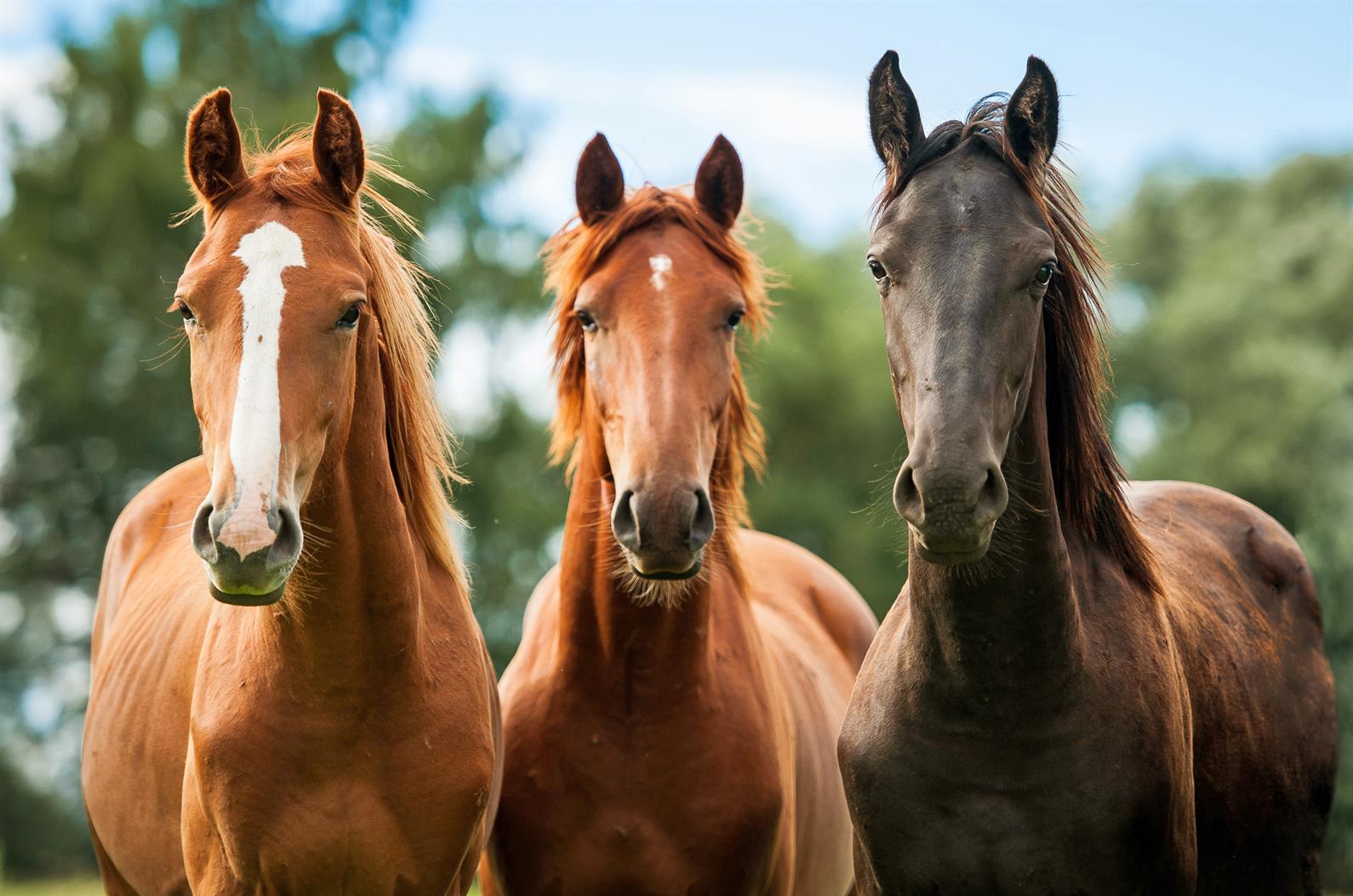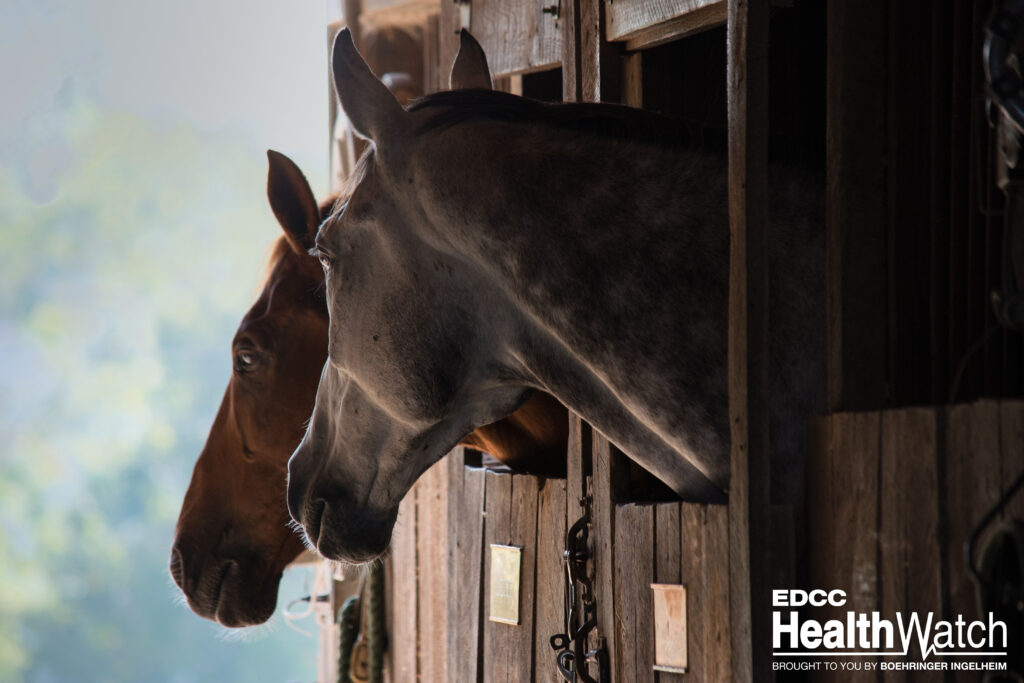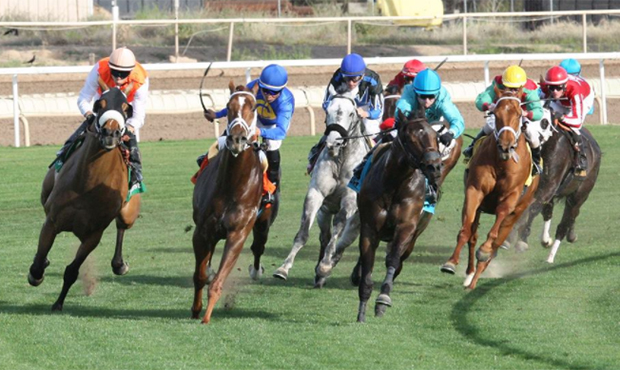Proper Quarantine Duration for New Horse Arrivals

Bringing a new horse into your stable is an exciting event, but it also requires careful management to protect the health of your existing horses. One of the most critical steps is implementing an appropriate quarantine period. This article explores the recommended quarantine duration, the reasons behind it, and best practices to ensure a smooth and safe integration.
Why Quarantine New Horses?

Quarantine is essential to prevent the introduction and spread of infectious diseases. Horses can carry pathogens without showing symptoms, so isolating new arrivals helps protect your herd.
Common Diseases Prevented by Quarantine
| Disease | Description | Transmission Method |
|---|---|---|
| Equine Influenza | Highly contagious respiratory infection | Airborne droplets |
| Strangles | Bacterial infection causing abscesses | Direct contact, fomites |
| Equine Herpesvirus | Viral infection affecting respiratory and neurological systems | Direct contact, aerosol |
| Salmonellosis | Bacterial infection causing diarrhea | Fecal-oral route |
Recommended Quarantine Duration
The ideal quarantine period varies but generally ranges from 14 to 30 days. This timeframe allows for the incubation period of most common equine diseases.
- Minimum 14 days: Most infectious diseases will manifest symptoms within this period.
- Extended 21-30 days: Recommended if the horse comes from a high-risk environment or if there is an outbreak in the area.
Factors Influencing Quarantine Length
- Source of the horse: Horses from unknown or high-risk backgrounds may require longer quarantine.
- Health status: Horses showing signs of illness need extended isolation.
- Vaccination history: Up-to-date vaccinations can reduce risk but do not eliminate the need for quarantine.
Best Practices During Quarantine
- Separate Facilities: Use a dedicated quarantine area away from other horses.
- Dedicated Equipment: Avoid sharing grooming tools, feed buckets, and tack.
- Strict Hygiene: Regularly disinfect hands, clothing, and equipment.
- Daily Monitoring: Check for signs of illness such as coughing, nasal discharge, or fever.
Sample Quarantine Schedule
| Day Range | Activity | Notes |
|---|---|---|
| 1-7 | Initial observation and health check | Monitor vital signs and behavior |
| 8-14 | Continued isolation and testing | Perform diagnostic tests if needed |
| 15-21 | Gradual introduction to turnout | If no symptoms, allow limited contact |
| 22-30 | Full integration | Only after veterinary clearance |
Frequently Asked Questions (FAQ)
Q1: Can I shorten the quarantine if the horse appears healthy?
A: It is not recommended. Some diseases have incubation periods that exceed visible symptoms.
Q2: What if I don’t have a separate quarantine facility?
A: Consider temporary barriers or consult a veterinarian for alternative strategies.
Q3: How do vaccinations affect quarantine?
A: Vaccinations reduce risk but do not replace quarantine protocols.
Q4: When should I call a vet during quarantine?
A: If the horse shows any signs of illness such as fever, coughing, or unusual behavior.
Conclusion
Proper quarantine duration is vital for maintaining the health of your equine community. By following recommended guidelines and best practices, you can minimize disease risks and ensure a safe transition for your new horse.
Implementing a well-structured quarantine plan not only protects your horses but also promotes peace of mind for you as a caretaker. Always consult with your veterinarian to tailor quarantine protocols to your specific situation.
